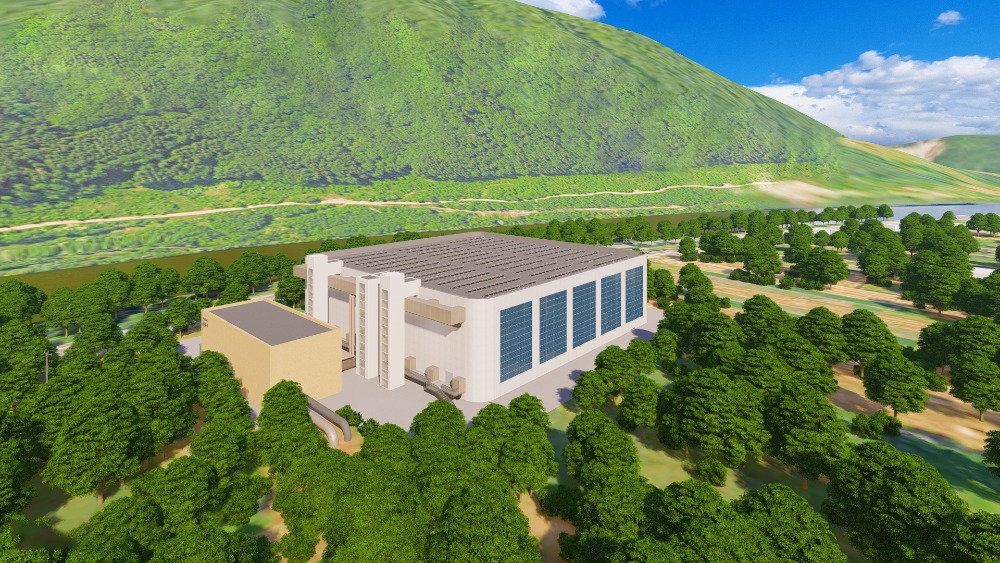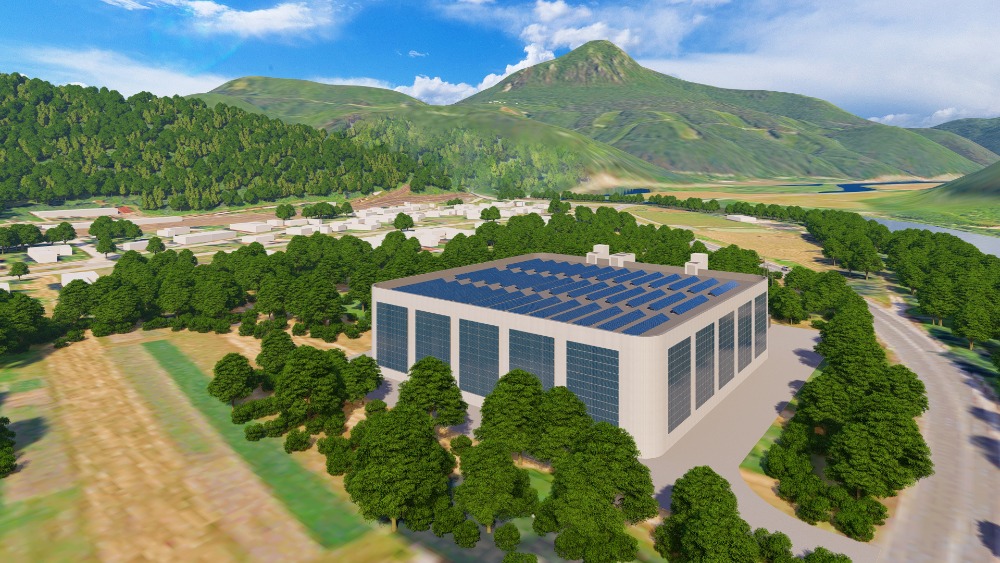
Heat for the whole year – researchers from VŠB-TUO are developing smart thermal storage tanks for towns and cities
Researchers from the Faculty of Mechanical Engineering at VŠB-TUO aim to provide a reliable central supply of affordable heat for towns and villages year-round, particularly during winter, using thermal storage tanks. A team led by Stanislav Honus and Otakar Černý has been addressing this challenge for over three years through the Accumulation Hydroelectric Power Plant of a New Type (AVE) project and now as part of the Energy Lab of REFRESH. As a result, four invention applications and four utility model applications have been filed, and an international patent application is being developed.
Thermal storage systems are employed for both short- and long-term thermal energy storage. They are especially beneficial in situations where heat cannot be supplied from a production source when it is needed. Historically, such devices were not essential, as inexpensive and easily adjustable fossil fuels like coal and natural gas were readily available. However, as we move towards renewable energy sources, the landscape is shifting, leading to an increasing demand for adaptable heat storage options. Addressing this challenge with a focus on efficiency and minimal energy loss is essential for transitioning to greener heating solutions.
Stanislav Honus from the Faculty of Mechanical Engineering and head of the research program on the Use of Secondary Raw Materials and Alternative Energy Sources at the Energy Lab shared some preliminary findings: “We have created a comprehensive optimization calculation for sizing the thermal storage tank system, as well as assessing its performance and cost factors. Users can choose various input data, including the dimensions and quantities of storage tanks, internal and external temperatures, types, quality, and arrangement of thermal insulation, material costs for tanks and insulation, and energy inputs.”
The team developed a model to replicate the real operation of the thermal storage tanks. This model encompasses the changes in water temperature, heat usage for space heating and hot water, heat losses, and the number of households served over the course of the year. The calculations consider several factors, including the tank’s dimensions, insulation quality, and the method of heat extraction.
“This provides us with comprehensive data for designing thermal storage tanks suitable for various climatic conditions. The modular design of the storage tanks enables us to construct a thermal storage tank from serial modules based on the size of the heated residential area and to position it on the nearest appropriate site,” explained Otakar Černý.
Thermal storage tanks play a vital role in the development of renewable energy sources, particularly wind and solar power plants, as their output is highly influenced by weather conditions and the time of day. This has led to an increasing disparity between energy generation and consumption in both industrial and residential settings.
“Maintaining power balance through battery systems, international electricity transfers, or the aggregation of energy consumers can be costly and inadequate. Heat storage systems allow for the collection of energy to heat water from the aforementioned sources, enabling the delivery of heat via heat exchangers whenever needed and in the amounts required by the buildings. These systems can be optimally supplied with energy from a stable energy source, ensuring consistent operation with maximum efficiency. Alternatively, they can also utilize surplus electrical or thermal energy during periods when these sources have no other applications. This approach significantly enhances the efficiency of sources that are difficult to regulate, since, in situations where there is a sudden surge in production or a dip in consumption, they won’t incur costs for customers taking energy themselves,” explained Černý.
Utilizing effective thermal insulation combined with a gas-tight jacket that thoroughly encases the entire module system allows for long-term heat storage in the thermal storage tank, making it suitable for seasonal winter use. Optimal efficiency, reaching up to 95 percent, can be attained with a larger storage tank, which can cater to year-round variations in heat demand for water heating as well as provide heating during the winter months.
In the AVE project, the researchers focused mainly on new types of pumped storage plants. They utilize arrays of modules featuring large steel tanks that act as both lower and upper reservoirs for storing pumped water. For instance, these tanks can have a diameter of 3.6 meters and a height of 15 meters, with the capacity to hold more than 150 tonnes of water.
“Given our goal of capturing the waste heat generated during pumping in the water being moved, the modular systems can be equipped with thermal insulation to greatly minimize heat loss. The objective is to elevate the temperature of the pumped water to a level that can effectively heat nearby apartment complexes, ideally between 55 and 75 °C. Pumped storage facilities can be constructed safely near residential areas, making it beneficial to incorporate thermal storage tanks with the same modular design within these power plants,” stated Honus, who is also a co-author of the filed patents.



